Augmented Reality: How to bring your cans to life - quite literally!
Augmented Reality (AR) is one of the buzz words from the past few years. It allows you to add an extra dimension to your product. Cans have endless possibilities when it comes to AR, they’re the perfect carrier for it. Blippar, a mobile augmented-reality startup, already worked together with big brands, such as Coca-Cola and Pepsi, to launch their AR campaigns.
 “In the past few years, AR has evolved a lot”, explains Mikela Eskenazi, Commercial Director at Blippar. “Five years ago it was niche and part of the innovation budget of brands, today it’s part of the long term marketing strategy. When Pokémon Go, a smartphone game, was introduced in 2016, a lot of people probably didn’t even realise they were experiencing AR. But that’s a good thing, because it is no longer regarded as a new technology.”
“In the past few years, AR has evolved a lot”, explains Mikela Eskenazi, Commercial Director at Blippar. “Five years ago it was niche and part of the innovation budget of brands, today it’s part of the long term marketing strategy. When Pokémon Go, a smartphone game, was introduced in 2016, a lot of people probably didn’t even realise they were experiencing AR. But that’s a good thing, because it is no longer regarded as a new technology.”
“The general ecosystem is also evolving a lot. Apple recently launched ARKit and new phones are AR enabled. Additionally, people can now create AR without needing coding skills using online tools like Blippbuilder. It’s becoming cheaper and cheaper and our phones are getting better and better. They will soon have depth sensors on cameras that allow us to create better AR experiences. And longer lasting batteries, because AR uses a lot of energy. Also: the more content that is on offer, the more people will adopt it. It’s all coming together.”
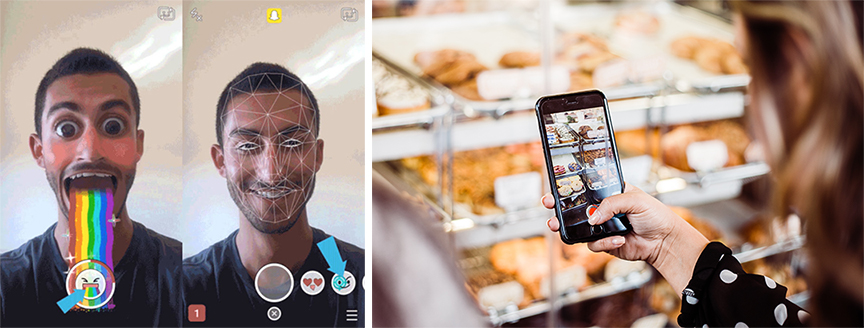
What is AR?
It’s important to point out that there is a difference between AR (Augmented Reality) and VR (Virtual Reality). VR immerses you 100% in a whole new world. You are – when you put the special glasses on – completely shutting yourself off from the real world. Augmented Reality is different. With AR, you place an extra 'layer' over the real world. Pokémon Go is a good example of this, but also think of what Google Glass or Snapchat filters can do. AR gives users extra information, for instance when they scan a product package, it comes to life. A can could become a face and start talking, it might show what’s inside or have pop-ups with extra information. The possibilities are endless, yet the number of real-world cases is not. Coca-Cola had a partnership with Spotify and transformed the can into a jukebox. The technology though, is definitely ready for it.
How can the beverage market profit from this technology?
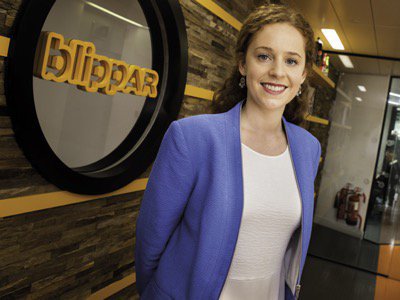 Mikela: “Product packaging (e.g. cans) has proved to be one of the most efficient ways to create AR for brands. In the past 4 or 5 years we have collected a lot of data about AR and how consumers use it. A brand should see its product as a new digital channel to communicate with. Currently, the product and digital channels are completely separate. AR lets you combine both, sending the customer from your offline product to content on your online channels.”
Mikela: “Product packaging (e.g. cans) has proved to be one of the most efficient ways to create AR for brands. In the past 4 or 5 years we have collected a lot of data about AR and how consumers use it. A brand should see its product as a new digital channel to communicate with. Currently, the product and digital channels are completely separate. AR lets you combine both, sending the customer from your offline product to content on your online channels.”
3 ways to implement AR in packaging
1. Brand Engagement
Add a little extra to the product (fun, entertainment).
Coca-Cola had a partnership with Spotify and transformed the can into a jukebox. By using the Blippar app to scan the can, it came to life. Every week it offered free Spotify music. With fantastic results: the average engagement was more than 3 minutes. A simple beverage can became a complete experience.
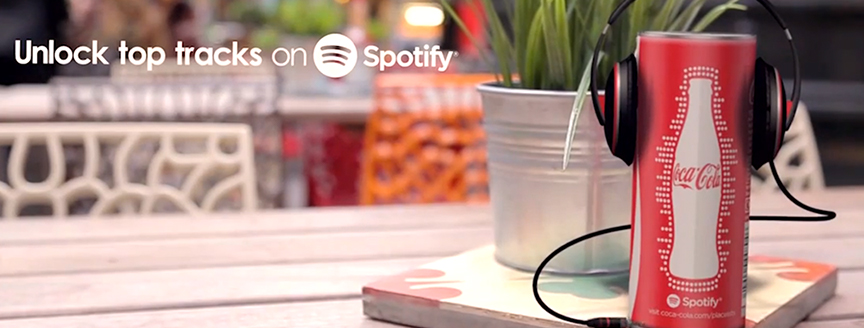
© Blippar - Blog - Watch the video
Pepsi Max: During the 2016 World Cup, Pepsi cans each showed a different image of a soccer player. When scanned, the can became a soccer game. You could score goals and win prizes from Pepsi. Again, the engagement was enormous: 2 minutes and 54 seconds per user. Pepsi attracted 1.2 million users and obtained more than 3 million interactions.
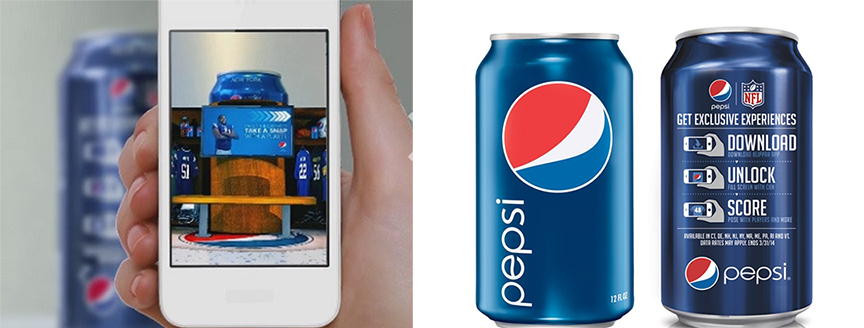
© Blippar - Blog - Watch the video
Mikela: “Because of the engagement we get insights from a lot of data. In normal circumstances we don’t know what happens to a product once it’s on the shelves. Now we have the data as to when and where people interact with it. We noticed that the Pepsi cans with Messi were three times more effective than the ones with Sergio Ramos. These are excellent insights for brands to know how to market their product even further.”
2. Extra services
You can add a digital chef to every package and link to recipes on your website. For example, when you scan a Pepsi can in Turkey, you get discount codes, giveaway codes for online gaming, more info about the Pepsi campaigns, ...
Mikela: “A lot of the content is already there, but people have difficulty finding it. AR is the perfect way to bring it to life, by using the packaging. People find extra information, recipes, how-to videos…"
3. Transparency
Inform consumers about the composition of the product, where it comes from, which ingredients are used. At the end of the day, product packaging has only so much space for information, but people want to know more than the regulated standard information. For example: is it organic, gluten free, sustainable, ...
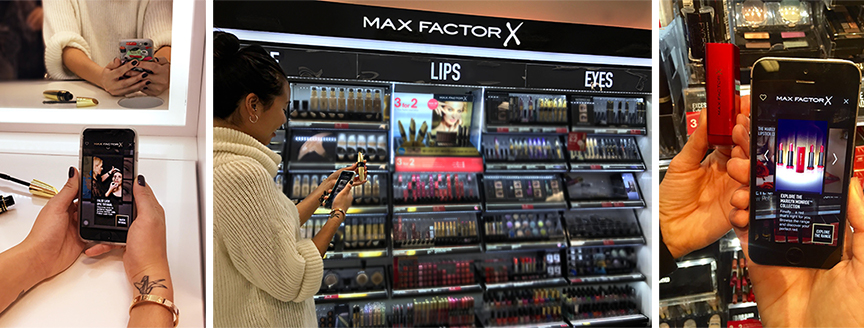
© Blippar – Blog
Are people ready for this?
Mikela: ‘Yes. We’ve seen huge adoption levels in our primary markets of USA and Europe. This is mainly driven by smartphone penetration, connectivity and digital savviness. We recently entered the market in Turkey, where there’s a big smartphone penetration. The conversions we’re having with brands and the consumer adoption there is really incredible. We see the same in Brazil. And I haven’t even mentioned Asia! People over there use their phone and STAY on their phone, they scan all the time: QR codes, bottles, everything, ...’
“Our message to brands: your product is your new medium.”
There is no doubt that the time for AR is now. For starters, the penetration of smartphones and the availability of mobile internet is enormous, and this all over the world. Also, people are looking for more information about the products they buy - not only in terms of what they drink and eat, but the origin of the product is also increasingly important. This sort of information is impossible to explain on your packaging, no matter how clever your design is.
AR ensures that all information is bundled in your product. It is a win-win: consumers know everything about the product they have in their hands, while the manufacturer knows exactly what the consumers are looking for. Now you know what happens after the product is sold – there’s no more guessing what happened next. AR literally opens a new world. The time has come to discover that world.
--
Blippar is a technology company that specialises in Augmented Reality and Computer Vision. It develops software that enables smartphones or other devices to scan objects in the physical world to overlay them with digital content, as well as self-service tools to let anyone create content without needing coding skills. Since 2011 they have worked with big FMCG-brands to create augmented reality content to make their packaging interactive.
--
Metal Packaging Europe gives Europe’s rigid metal packaging industry a unified voice, by bringing together manufacturers, suppliers, and national associations. We proactively position and support the positive attributes and image of metal packaging through joint marketing, environmental and technical initiatives.
Stay up to date with more insights and subscribe to our mailing list >>